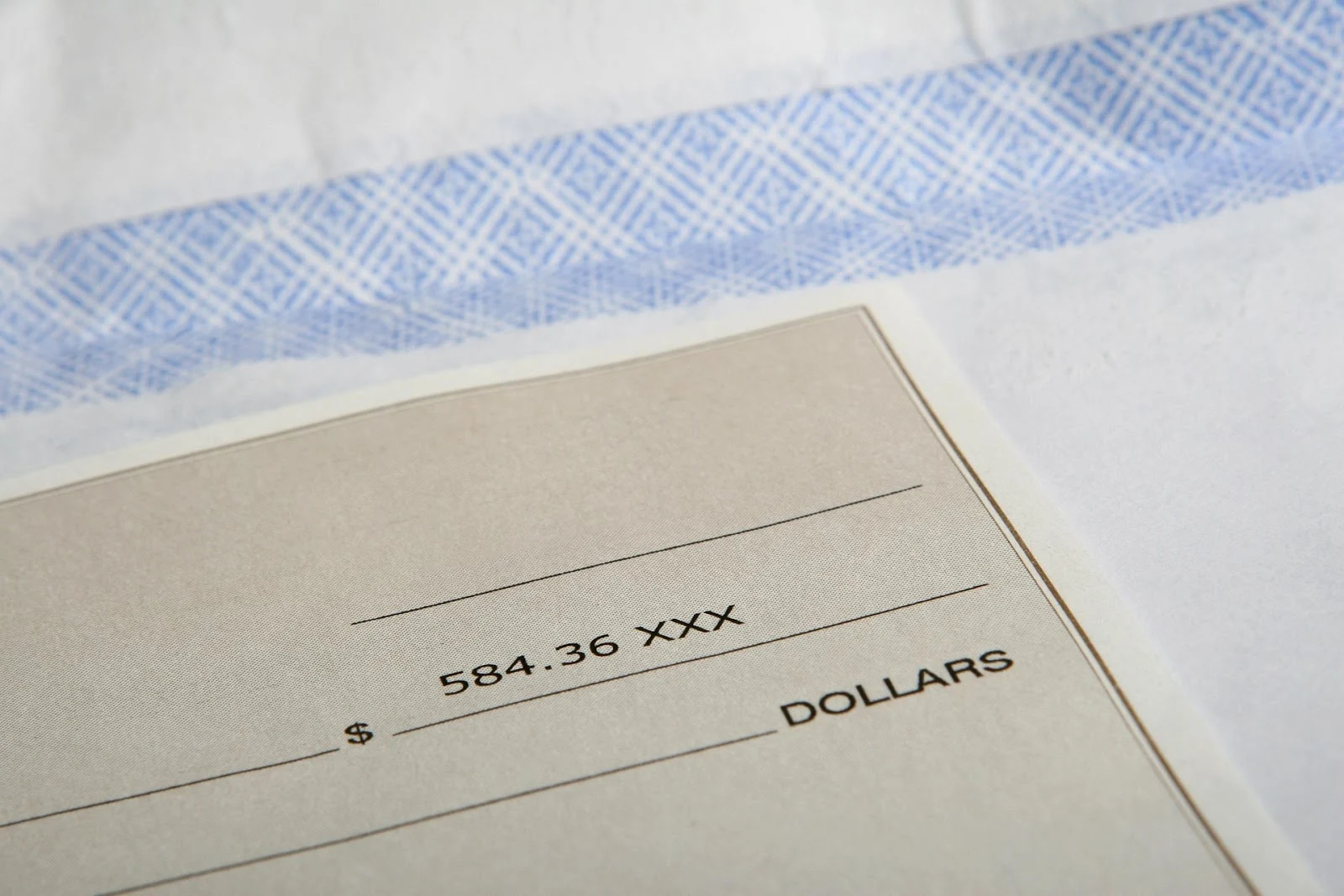The Negotiable Instruments Act, 1881 governs the usage and legal framework of certain financial instruments commonly used in business transactions. This article focuses on the types of negotiable instruments.

What is a Negotiable Instrument?
A Negotiable instrument is a written document that promises payment of a specific amount of money, either on demand or at a fixed future date. It can be freely transferred from one person to another, and the transferee gets a better title than the transferor.
Key Characteristics:
-
Freely transferable
-
Carries the right to receive money
-
Legal recognition under the Act
Types of Negotiable Instruments
The Negotiable Instruments Act, 1881 specifically recognizes three main types:
a. Promissory Note (Section 4)
A promissory note is a written promise made by one person (the maker) to pay a specific sum of money to another person (the payee) either on demand or on a fixed future date.
Features:
-
Must be in writing
-
Must contain an unconditional promise to pay
-
Must be signed by the maker
-
Must mention a definite amount
Example:
"I promise to pay ₹5,000 to Mr. A on demand." – Signed by Mr. B
→ This is a valid promissory note.
b. Bill of Exchange (Section 5)
A bill of exchange is a written order by one person (the drawer) directing another person (the drawee) to pay a certain sum of money to a third person (the payee) on demand or at a fixed date.
Parties Involved:
-
Drawer: The person who gives the order to pay
-
Drawee: The person who is ordered to pay
-
Payee: The person to whom payment is made
Features:
-
Must be in writing
-
Must contain an unconditional order to pay
-
Must be signed by the drawer
-
Payment must be certain
Example:
"A directs B to pay ₹10,000 to C after 30 days."
→ A = Drawer, B = Drawee, C = Payee
c. Cheque (Section 6)
A cheque is a special type of bill of exchange drawn on a banker and payable on demand.
Features:
-
Must be drawn on a bank
-
Must be payable on demand
-
Must be signed by the drawer
Types of Cheques:
-
Bearer cheque: Payable to whoever presents it
-
Order cheque: Payable to a specific person
-
Crossed cheque: Can only be deposited into a bank account, not cashed over the counter
Example:
A writes a cheque for ₹2,000 to B and signs it. B deposits it in his bank account.
→ This is a valid cheque transaction.
Other Negotiable Instruments (By Usage and Custom)
While only the above three are explicitly defined under the Act, there are other instruments recognized through custom and usage:
a. Bank Draft
-
A cheque issued by a bank on its own branch or another bank.
-
Safer than a personal cheque, as it is pre-paid.
b. Dividend Warrants
-
Used by companies to pay dividends to shareholders.
c. Treasury Bills
-
Short-term government securities that are negotiable by endorsement and delivery.
Quick Summary
| Instrument | Nature | Parties Involved | Payable On | Legal Section |
|---|---|---|---|---|
| Promissory Note | Written Promise | Maker, Payee | Demand/date | Sec. 4 |
| Bill of Exchange | Written Order | Drawer, Drawee, Payee | Demand/date | Sec. 5 |
| Cheque | Bank Order | Drawer, Drawee (Bank), Payee | On demand | Sec. 6 |
Conclusion
The Negotiable Instruments Act, 1881 classifies promissory notes, bills of exchange, and cheques as the primary types of negotiable instruments. These instruments are vital tools in commercial transactions, offering security, ease of transfer, and legal backing.
